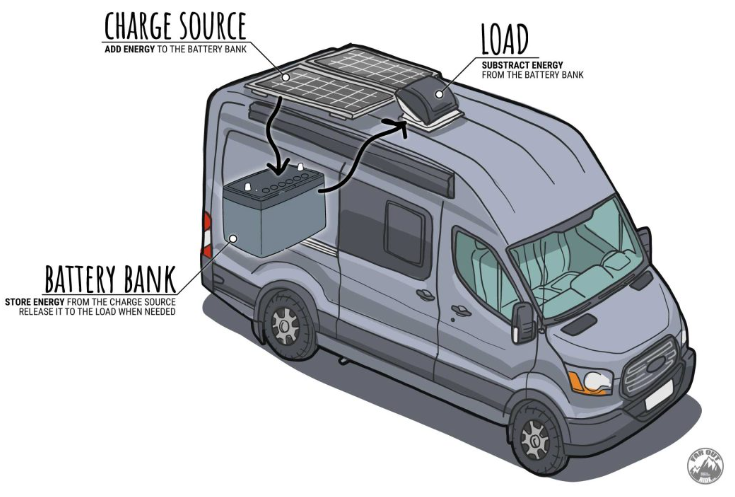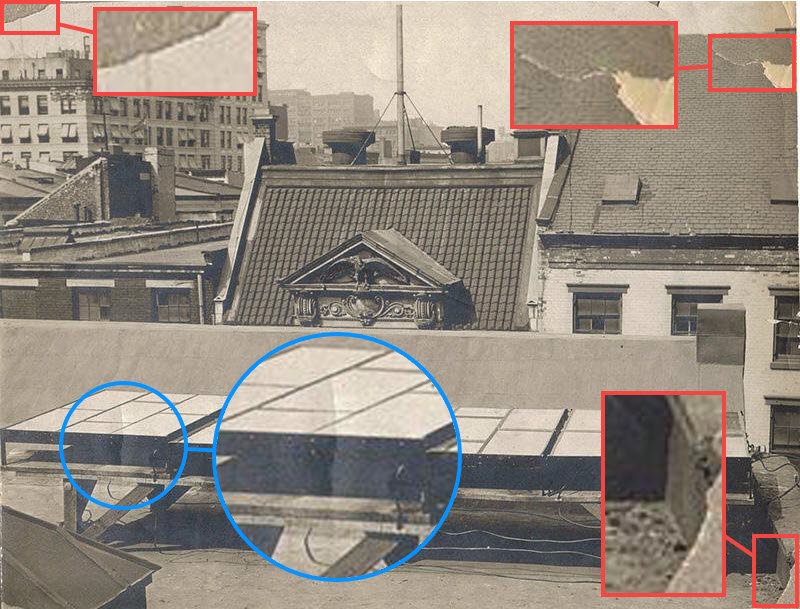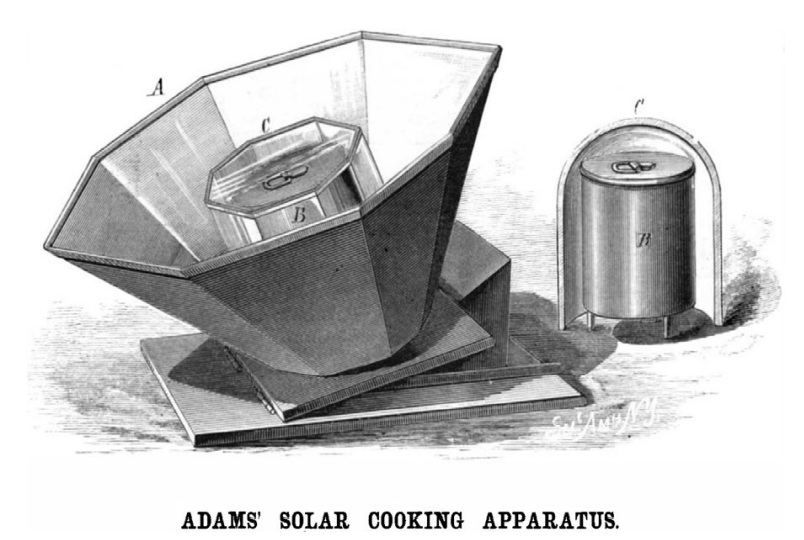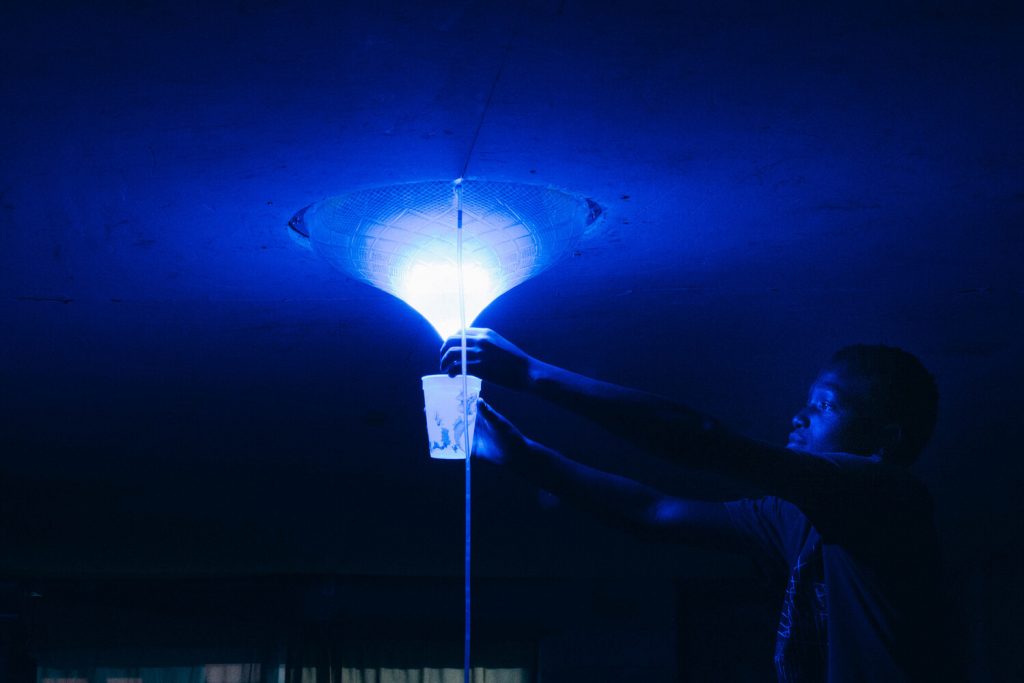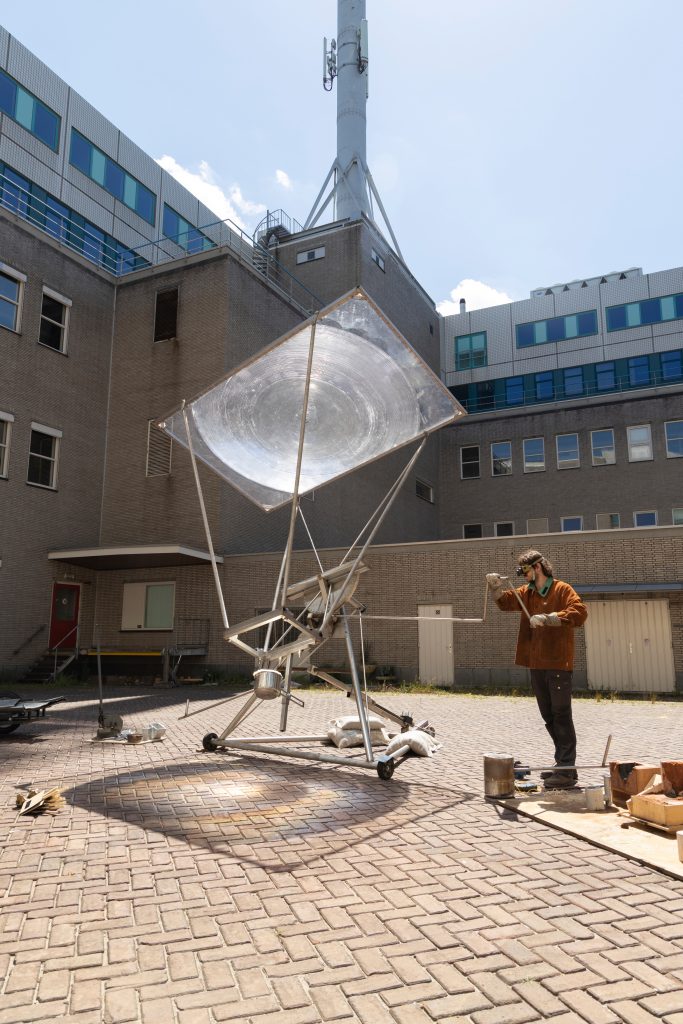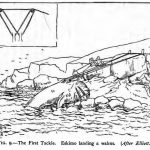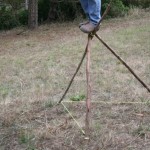“The electrical system was without a doubt the most daunting task of our DIY camper van conversion. Our goal was to design and build an off-the-grid electrical system that’s safe, reliable, simple, and intuitive (yet no compromises on functionality). After over 4 years of full-time VanLife, we’re happy to report that our system is working flawlessly, nice!”
“Designing and building an electrical system isn’t really straightforward, there are so many concepts to grasp: solar power, alternator charging, shore power, 12 volts, 120 volts, inverter, battery bank, etc. But with our background as engineers and full-time vanlifers, we’re in a good position to make this intimidating task within your reach and help you put the pieces together with the following guide!”
Read more: Electrical System Guide for DIY Van Conversion.
